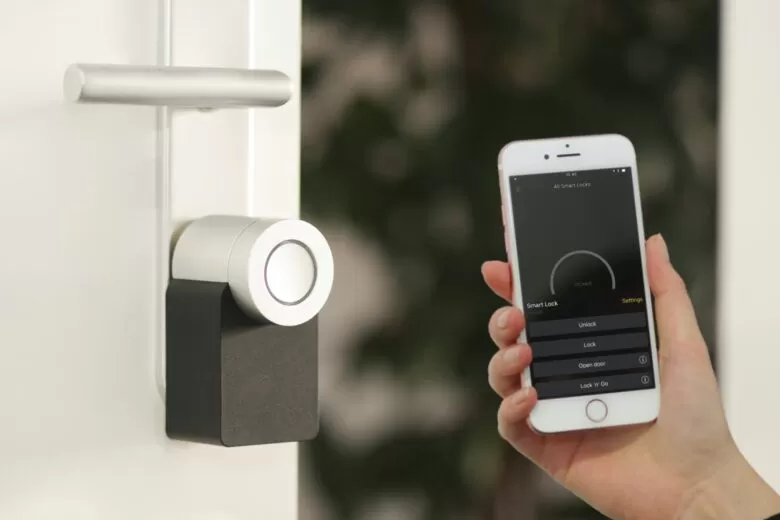Home security cameras are a crucial tool in today’s digitally connected world for ensuring the protection of our homes and loved ones. However, if not properly secured, these devices can become vulnerable. In this light, it is critical to understand how to strengthen your home security camera protection. Our buyers guide contains a complete list of reliable security cameras. Here are five simple measures to improve your home security camera protection to ensure an impenetrable barrier.
Before proceeding, it is critical to comprehend your home security camera system. There are several kinds of cameras, including IP cameras, analog cameras, and smart cameras. Each type has its own set of possible flaws, with some vulnerable to hacking attempts and others vulnerable to physical tampering. Understanding your system’s vulnerabilities will allow you to adopt more targeted security measures.
Safeguarding your home network is the first step in safeguarding your home security camera system. Most home cameras connect via WiFi, which, if not adequately protected, can serve as an entry point for attackers. Begin by creating a strong, one-of-a-kind password for your network. Using a long word that is easy to remember but difficult for others to guess is a good practice, according to the National Institute of Standards and Technology (NIST). It is also recommended that you employ encryption, preferably WPA2 or WPA3, to prevent illegal network access. If you have many IoT devices, consider creating a distinct guest network for them to limit potential cross-device threats.
Next, make sure the software on your camera is up to date. Manufacturers issue updates regularly to address security flaws and improve device performance. Enabling automatic updates, if available, is a good method to keep up with this. If your camera does not allow automatic updates, make it a practice to periodically check the manufacturer’s website for updates. This simple technique can dramatically increase your camera’s security.
Enabling two-factor authentication (2FA) is the third step. In addition to your password, 2FA adds an extra layer of security by requiring a second form of verification, such as a code delivered to your phone. This approach is widely recommended by cybersecurity specialists, including those at the Cybersecurity & Infrastructure Security Agency (CISA). If you have any problems configuring 2FA, contact the manufacturer of your camera for assistance.
The final stage is to restrict camera access. While sharing access to your camera system with family members or friends may be convenient, each new user possibly increases the risk. Consider who requires access and only offers it when essential. If someone no longer needs access, make sure you know how to revoke it as soon as possible.


Finally, don’t forget about your cameras’ physical security. Even the most secure system can be defeated if your cameras are readily tampered with. Install your cameras in high, difficult-to-reach locations, and think about utilizing tamper-proof mounts and housings. When situating your cameras, aim to cover the key entrances to your property while also keeping the cameras themselves out of reach.
Consider using expert monitoring services as well. Many manufacturers provide these services, which can provide an additional degree of security. A team of skilled security specialists can respond to signals from your system, often 24/7, with professional monitoring. This is especially useful if you are away from home or unable to reply to an alarm. Choose a reliable service that respects your privacy and security as much as you do.
Another advantageous step to take is to create a secure cloud storage option for your camera’s data. Many home security cameras include cloud storage options, which can give an extra degree of security. By saving your data in the cloud, you ensure that you have access to previous footage even if your cameras or local storage are tampered with or damaged. To guarantee your footage remains private and secure, look for a cloud storage service that offers encrypted storage and adheres to stringent data protection rules. Remember that the goal is to create a well-rounded security plan that provides protection at all points.
Finally, safeguarding your home security camera system is a continuous effort rather than a one-time task. It necessitates a comprehensive approach, which includes understanding your system’s vulnerabilities, securing your home network, keeping software up to date, and enforcing strong password use, as well as enabling 2FA, carefully managing access, ensuring the physical security of cameras, and possibly engaging professional monitoring services.
Every step strengthens your home’s defenses, making it less vulnerable to intruders. Remember that the goal is to have the peace of mind that comes with knowing your house and loved ones are safe. By taking these precautions, you are not only securing your home security camera system but also helping to make the digital world a safer and more secure place.

























